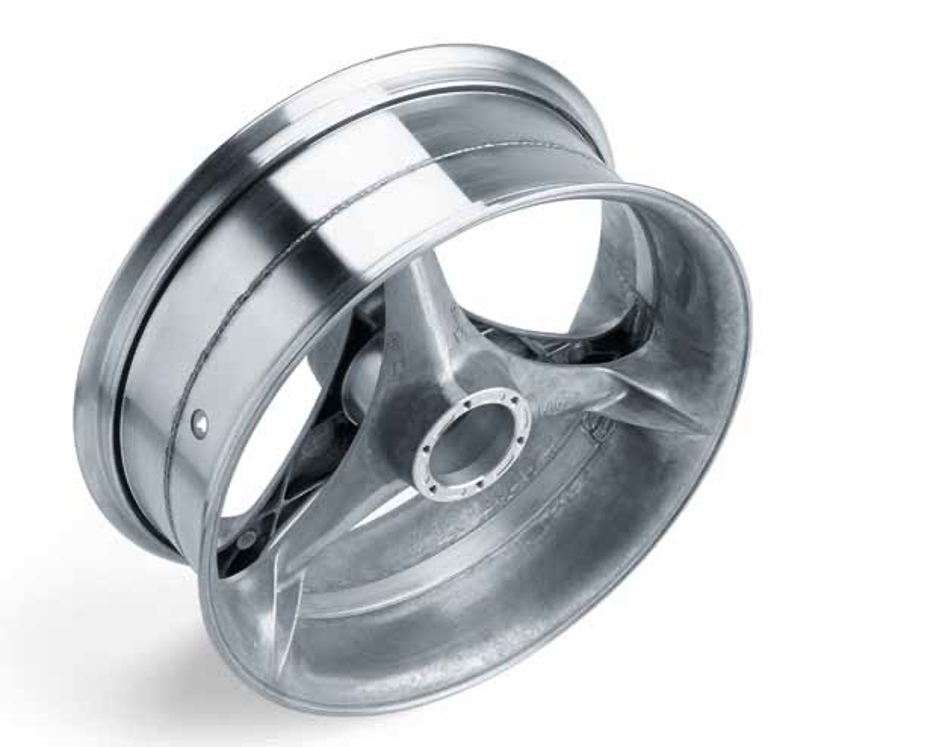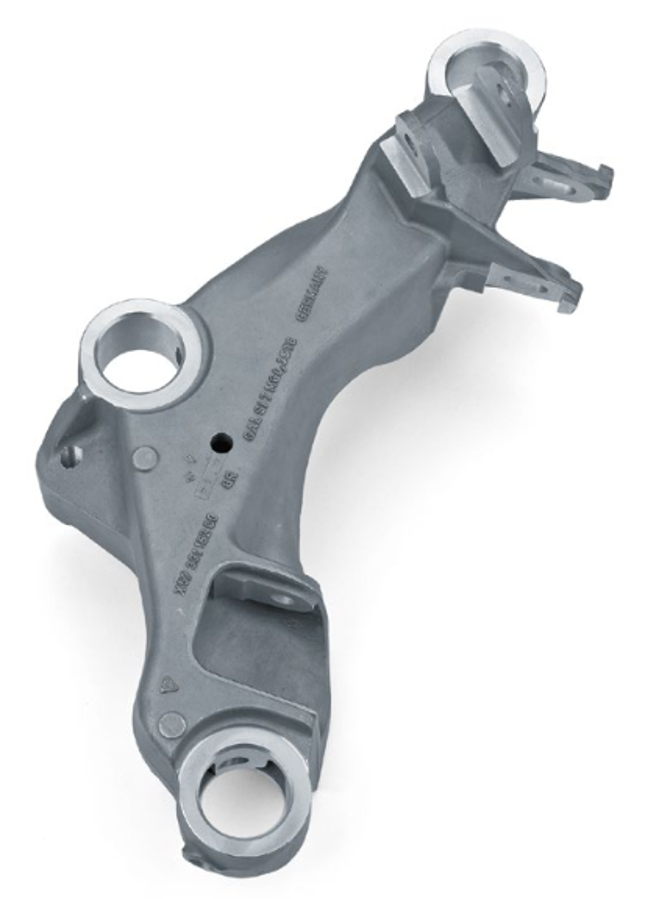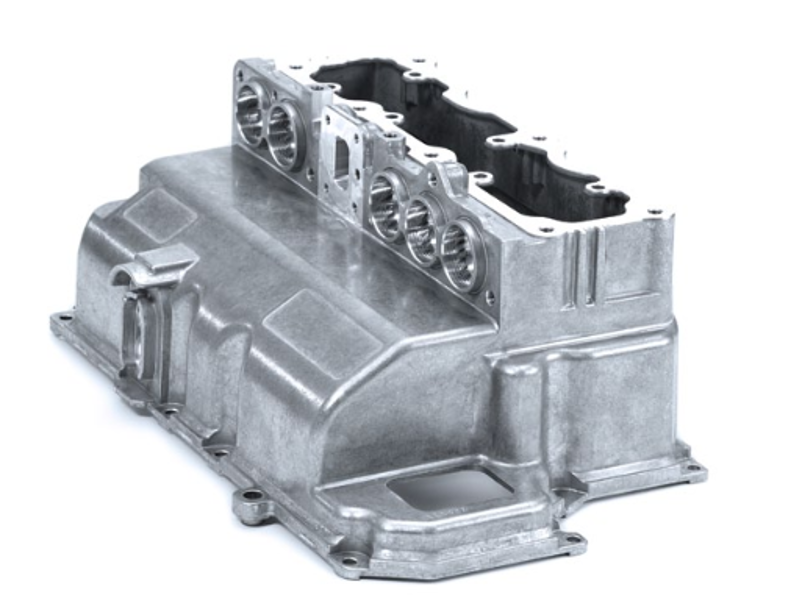Aluminum alloy
Aluminum alloys consist of aluminum (Al 99.5%) and other alloyed elements. It is essentially the following alloying element:
Magnesium (Mg)
Silicon (Si)
Manganese (Mn)
Copper (Cu)
Zinc (Zn)
The aim of alloying with the elements mentioned is to set the desired physical and mechanical properties for different delivery forms (e.g. profiles, bars, wire, strips, etc.) and casting processes (e.g. sand, die-cast die casting, etc.) of aluminum products.
Classification of aluminum alloys
In general, the strength properties of the alloys play an important role. An increase in strength is achieved by adding alloying elements and subsequent work hardening, as well as by heat treatment or hardening. For this reason, a distinction is made between hardenable and non-hardenable (naturally hard) alloys.
In addition, aluminum alloys are divided into wrought alloys and cast alloys. While wrought aluminum alloys can be further processed by cold or hot forming - for example by rolling or by the extrusion process - to produce the desired end product, such as aluminum profiles, it is very difficult or even impossible to subsequently form aluminum casting alloys .
Important aluminum kneading materials are:
- Pure and pure aluminum
- Naturally hard alloys such as AlMgMn, AlMn, AlMg
- Hardenable aluminum alloys such as AlZnMgCu, AlCuMg, AlZnMg, AlCuSiMn, AlMgSi
The most important cast aluminum alloys are shown in Table 1 (see also fig. 1-3, Aluminium Rheinfelden Alloys GmbH):
Standard EN 1780, parts 1 to 3 regulates the designation of cast aluminum alloys and also defines the respective heat treatment conditions.
Influence of the alloy element
Magnesium improves the strength properties and hardness. It reduces its sensitivity to sea water and alkali, thereby increasing the corrosion resistance of the respective alloy. Areas of application are the transport area, building and bridge construction, shipbuilding, etc.
Silicon
Silicon has a positive effect on the corrosion resistance of aluminum alloys, lowers the melting point and thus ensures good mold filling capacity with thin-walled castings and improves weldability. If Mg is additionally alloyed, the alloy can be heat-treated.
Manganese
Manganese increases elongation and tensile strength as well as corrosion resistance, which has a positive effect on resistance at high temperatures. Such alloys are used u. a. in power plant construction, for household goods or for vehicle coolers.
Copper
Copper lowers the corrosion resistance of the alloy, greatly increases hardness and strength and favors toughness. In addition, the addition of copper achieves a heat-treatable aluminum alloy with a wide temperature range. Areas of application are aerospace.
Zinc
As an alloying element, zinc increases the risk of stress corrosion, but has a positive effect on strength and hardness. In the presence of magnesium, the addition of zinc gives a heat-treatable aluminum alloy. Areas of application for aluminum alloys with 0.8 to 12% zinc are mold and fixture construction, space travel and aircraft construction. They are also often used for sports equipment.
Additional references:
AlMg7Si3Mn
AlSi0.5Mg
AlSi5Mg
AlMg5Si2Mn die casting alloy
AlMg9 die casting alloy
AlSi9MnMg die casting alloy
Aluminum casting





